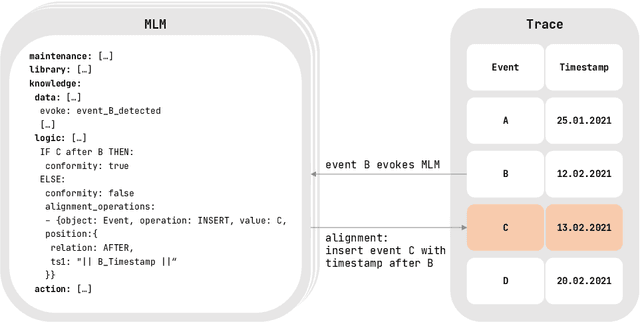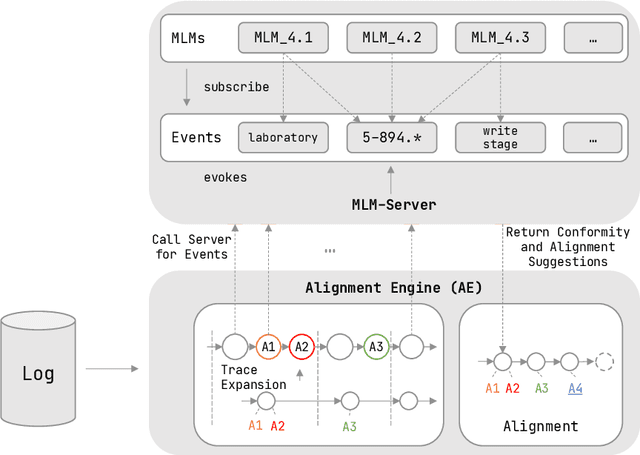Joscha Grüger
AI-Driven Decision Support in Oncology: Evaluating Data Readiness for Skin Cancer Treatment
Mar 12, 2025



Abstract:This research focuses on evaluating and enhancing data readiness for the development of an Artificial Intelligence (AI)-based Clinical Decision Support System (CDSS) in the context of skin cancer treatment. The study, conducted at the Skin Tumor Center of the University Hospital M\"unster, delves into the essential role of data quality, availability, and extractability in implementing effective AI applications in oncology. By employing a multifaceted methodology, including literature review, data readiness assessment, and expert workshops, the study addresses the challenges of integrating AI into clinical decision-making. The research identifies crucial data points for skin cancer treatment decisions, evaluates their presence and quality in various information systems, and highlights the difficulties in extracting information from unstructured data. The findings underline the significance of high-quality, accessible data for the success of AI-driven CDSS in medical settings, particularly in the complex field of oncology.
Data Petri Nets meet Probabilistic Programming (Extended version)
Jun 12, 2024Abstract:Probabilistic programming (PP) is a programming paradigm that allows for writing statistical models like ordinary programs, performing simulations by running those programs, and analyzing and refining their statistical behavior using powerful inference engines. This paper takes a step towards leveraging PP for reasoning about data-aware processes. To this end, we present a systematic translation of Data Petri Nets (DPNs) into a model written in a PP language whose features are supported by most PP systems. We show that our translation is sound and provides statistical guarantees for simulating DPNs. Furthermore, we discuss how PP can be used for process mining tasks and report on a prototype implementation of our translation. We also discuss further analysis scenarios that could be easily approached based on the proposed translation and available PP tools.
From Internet of Things Data to Business Processes: Challenges and a Framework
May 14, 2024



Abstract:The IoT and Business Process Management (BPM) communities co-exist in many shared application domains, such as manufacturing and healthcare. The IoT community has a strong focus on hardware, connectivity and data; the BPM community focuses mainly on finding, controlling, and enhancing the structured interactions among the IoT devices in processes. While the field of Process Mining deals with the extraction of process models and process analytics from process event logs, the data produced by IoT sensors often is at a lower granularity than these process-level events. The fundamental questions about extracting and abstracting process-related data from streams of IoT sensor values are: (1) Which sensor values can be clustered together as part of process events?, (2) Which sensor values signify the start and end of such events?, (3) Which sensor values are related but not essential? This work proposes a framework to semi-automatically perform a set of structured steps to convert low-level IoT sensor data into higher-level process events that are suitable for process mining. The framework is meant to provide a generic sequence of abstract steps to guide the event extraction, abstraction, and correlation, with variation points for plugging in specific analysis techniques and algorithms for each step. To assess the completeness of the framework, we present a set of challenges, how they can be tackled through the framework, and an example on how to instantiate the framework in a real-world demonstration from the field of smart manufacturing. Based on this framework, future research can be conducted in a structured manner through refining and improving individual steps.
Declarative Guideline Conformance Checking of Clinical Treatments: A Case Study
Sep 20, 2022


Abstract:Conformance checking is a process mining technique that allows verifying the conformance of process instances to a given model. Thus, this technique is predestined to be used in the medical context for the comparison of treatment cases with clinical guidelines. However, medical processes are highly variable, highly dynamic, and complex. This makes the use of imperative conformance checking approaches in the medical domain difficult. Studies show that declarative approaches can better address these characteristics. However, none of the approaches has yet gained practical acceptance. Another challenge are alignments, which usually do not add any value from a medical point of view. For this reason, we investigate in a case study the usability of the HL7 standard Arden Syntax for declarative, rule-based conformance checking and the use of manually modeled alignments. Using the approach, it was possible to check the conformance of treatment cases and create medically meaningful alignments for large parts of a medical guideline.
 Add to Chrome
Add to Chrome Add to Firefox
Add to Firefox Add to Edge
Add to Edge